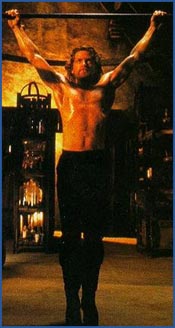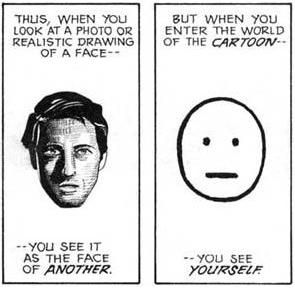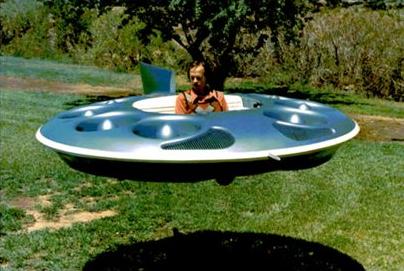Wow! The comments on yesterday’s blog were so thoughtful and interesting that I’ve decided to continue this thread for another day. The question I’d like to focus on today is this: What would indeed be a scientifically valid test to distinguish sincere emotion from merely the artful simulation of it through acting?
The first commenter points out that Ekman’s micromovements are not something of which the observer would be explicitly aware. It is plausible, but not at all certain, that one difference between a merely good actor and a great actor is that the latter is actually incorporating these subliminal micromovements into the performance. Detection of micromovements, together with correlative measurement of how convinced people were by a particular actor’s performance, could – and should – be incorporated into the testing protocol.
A later commenter points out that we humans may have a native ability to suss out the fake when we are in the same room with someone, perhaps through smell, that we don’t have when we are looking at a video. So today I’m going to talk about how one would go about testing for the ability to detect sincerity when there is a constraint that everyone is in the same room. Then this ability could subsequently be testing against our sincerity-detection abilities when looking at a video, through the use of a 2×2 study.
By the way, this same commenter also points out that the strength of a democratic system rests largely on its ability to function despite the fact that people cannot truly trust politicians. Point well taken!
This commenter’s first point, about things needing to happen in person, suggests a double-blind study involving two kinds of participants: (i) a volunteer questioner; (ii) a respondent who is either a volunteer an actor. The questioner is the test subject.
The questioner asks a fixed series of questions, and is not informed as to whether the respondent is answering sincerely or merely acting. First the questions are asked by one questioner of a sincere respondent. Then an actor who has viewed a recording and transcription of the first session is charged with trying to duplicate the “performance” of the sincere respondent. For this session a different questioner is given the same questions to ask. After each session, the questioner is asked whether he/she believes that the respondent was actually an actor.
This process is repeated over a number of different sessions, using different participants as questioners and different respondents. The protocol would measure for a systematic ability on the part of a population of questioners to accurately assess the true nature of their respondent.











